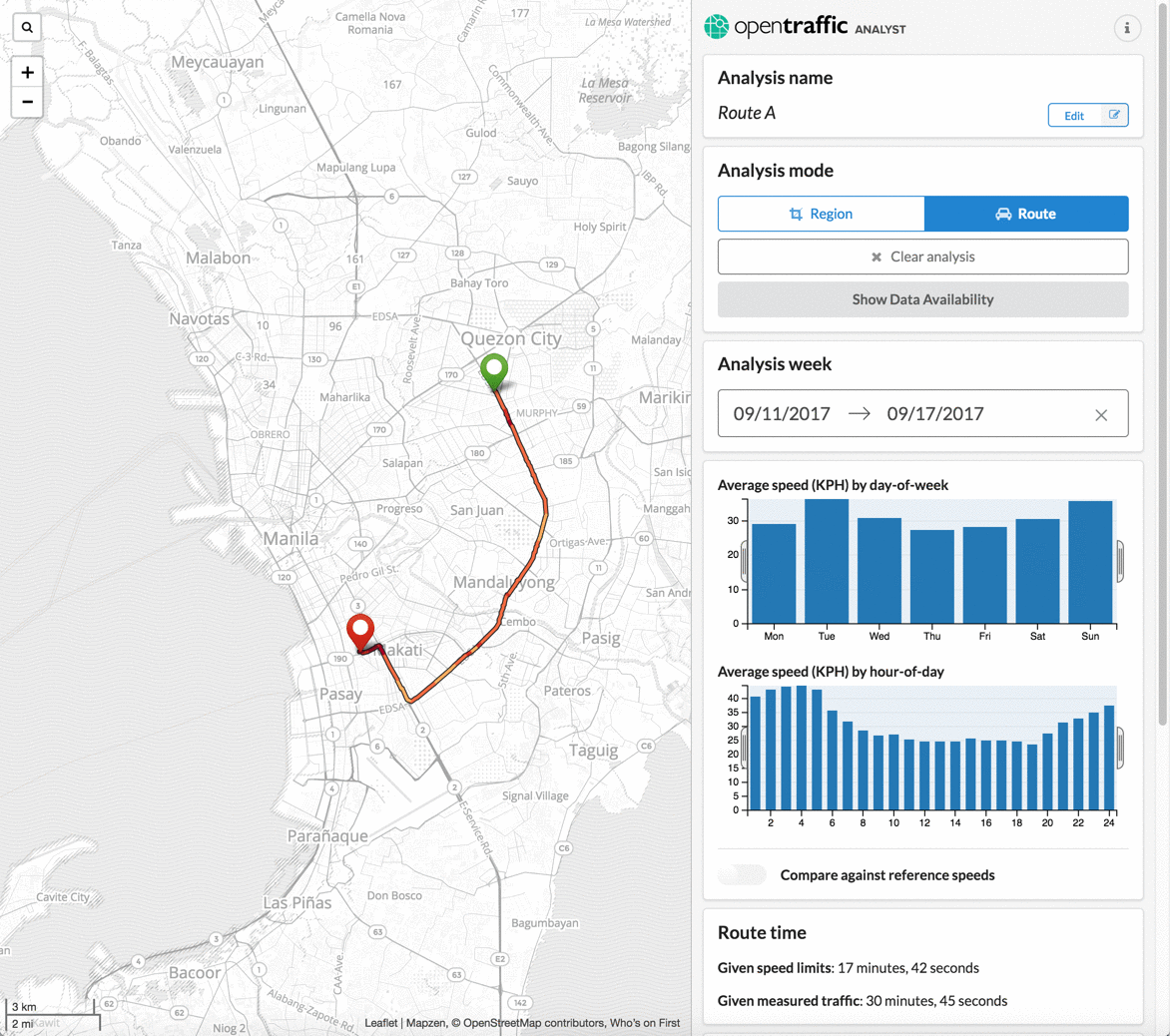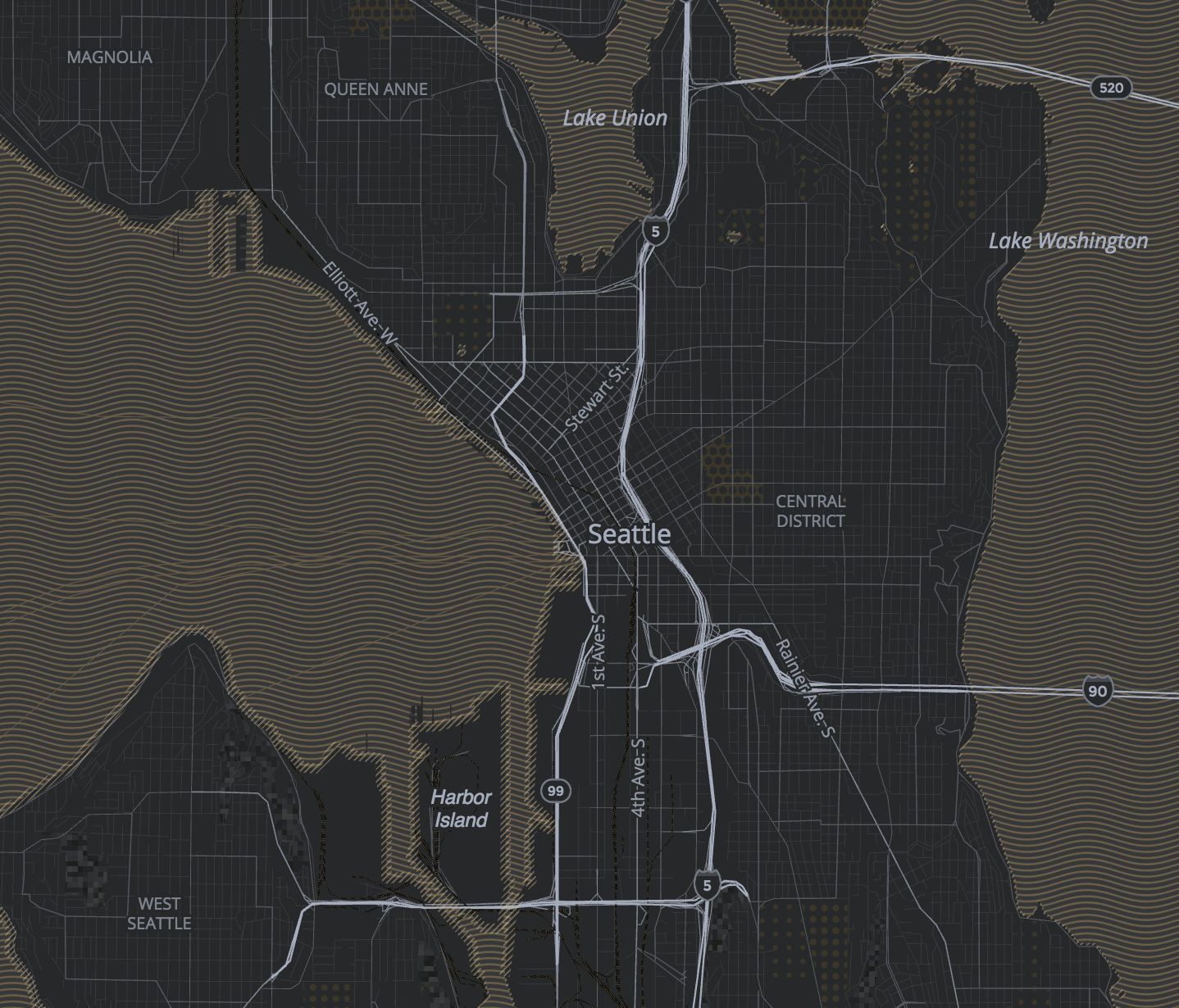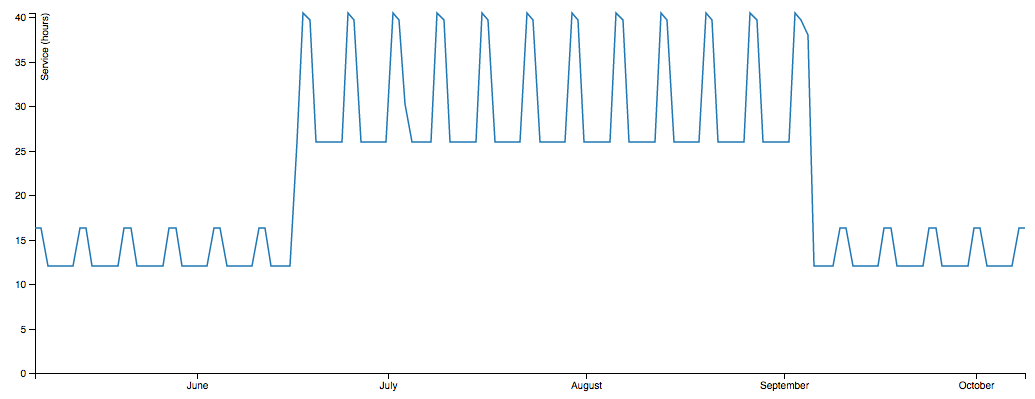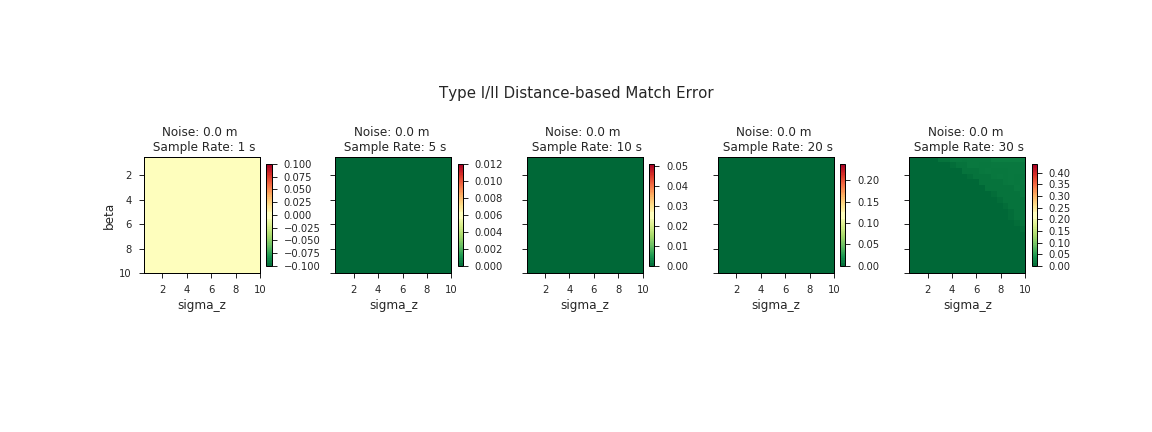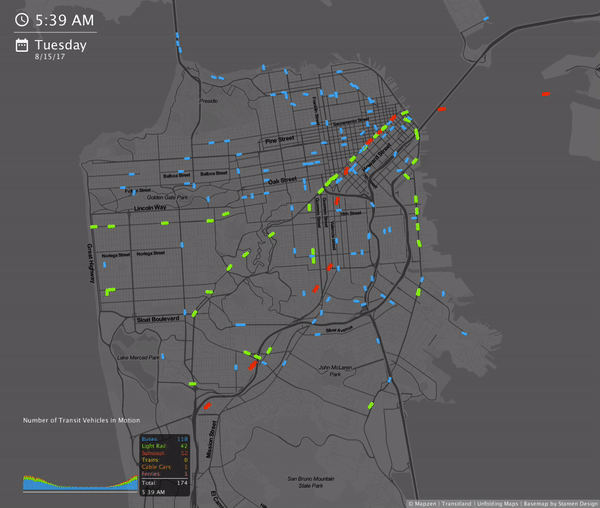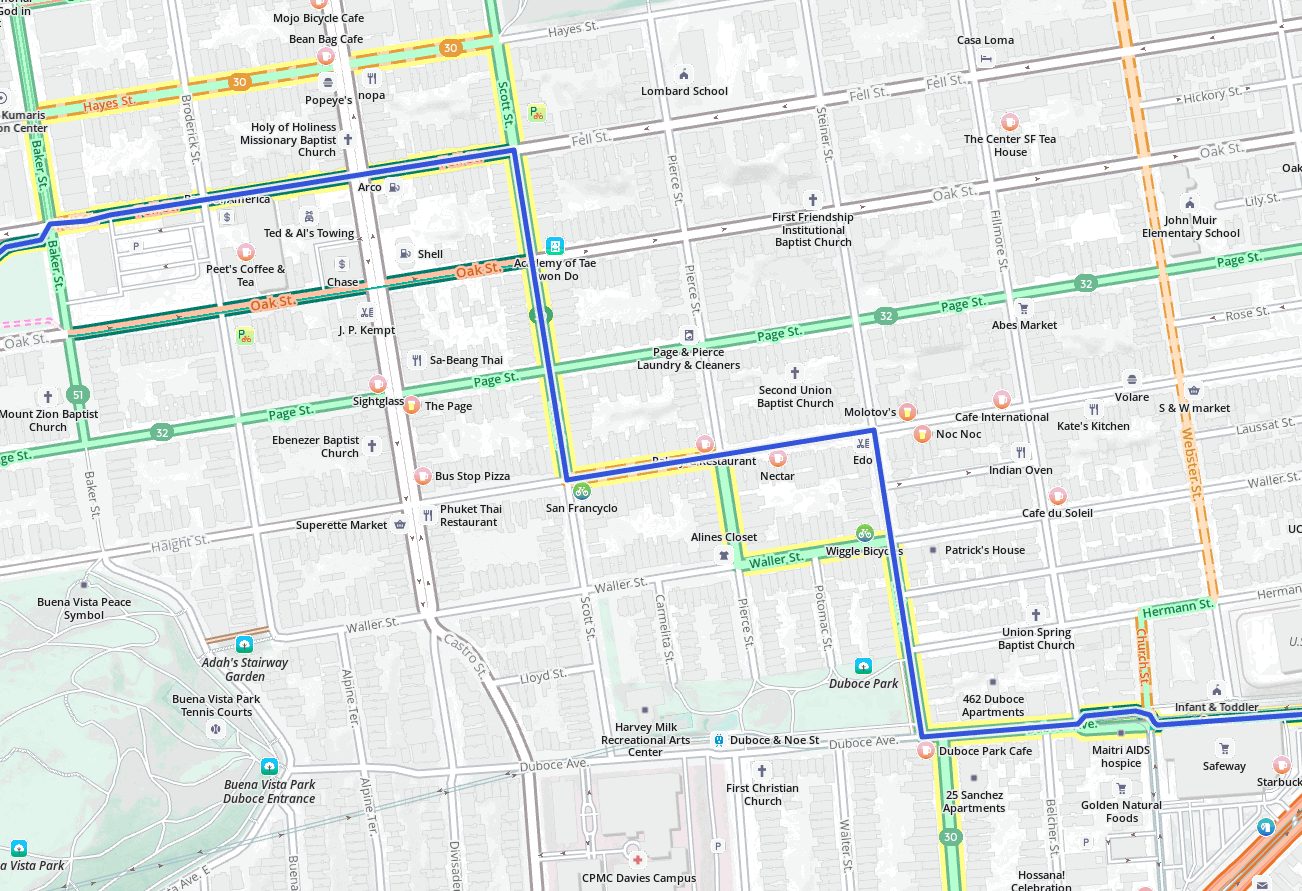Posts tagged: mobility

Open Traffic platform released

OSMLR hits a "mile marker" (and joins AWS Public Datasets)

Analyzing historical transit service & GTFS publishing practices in Transitland

A "data-driven" approach to improving map-matching: Part IV — Map-Matching and the Built Environment

A "data-driven" approach to improving map-matching, Part III -- Post-processing for Quality

A "data-driven" approach to improving map-matching, Part II

TransitFlow — using Python and Processing to visualize regional transit frequency

